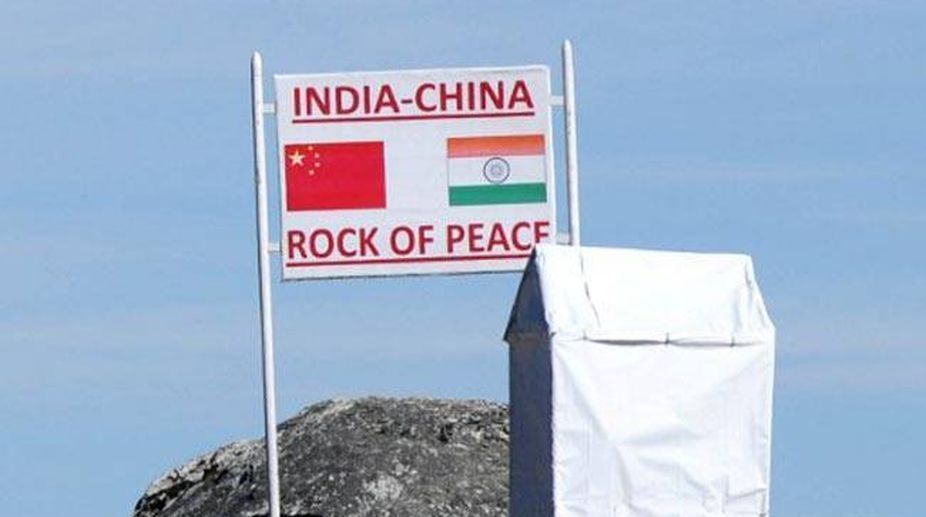China on Monday said Doklam is a “Chinese territory” and the question of changing the status quo does not arise after India’s envoy Gautam Bambawale warned Beijing against any attempt to change the present state of affairs on the plateau.
In an interview to Hong Kong-based South China Morning Post, Bambawale said any attempt to change the status quo in Doklam would lead to another stand-off.
Advertisement
The ambassador, however, said both the nations were well within their rights for an Army build up behind the point of the face-off and the status quo in Doklam remained in place.
“Regarding the border issue, China is committed to maintaining peace, stability and tranquillity there and Donglang (Doklam) belongs to China as we have historical conventions. So China’s activity there is within its sovereign rights. There is no such thing as changing the status quo,” Chinese Foreign Ministry spokesperson Hua Chunying said.
“Last year, thanks to our concerted efforts, our diplomatic efforts and wisdom that we properly resolved this issue.
“We hope the Indian side could learn some lessons from this, stick to historical conventions and work with China to ensure the peace and stability in the border area as well as a good atmosphere for the development of bilateral ties,” Hua said.
“China and India are exploring ways to resolve their territorial dispute through negotiations so that we can arrive at a mutually acceptable solution and pending the final solution, the two sides should work together and maintain peace and tranquillity in the area.”
India and China were locked in a 73-day stand-off at Doklam in the eastern section of their border.
The crisis erupted after Indian troops halted road construction at Doka La in the region, citing Bhutan’s claim to the area.
Doka La is very close to India’s artery which connects its northeast with the rest of the country. The stand-off was resolved in August.
The ambassador also stressed the need to demarcate the 3,448-km-long disputed border, which is the root cause of friction between India and China.
Talking about the delimitation of the boundary, Hua said: “China’s position is clear and consistent. The east, middle and western side is yet to be officially demarcated. China is committed to resolving the relevant dispute through negotiations.”
The long-winding India-China border has three sectors: the western sector between Ladakh and the Chinese-held Aksai Chin; the central sector ranges from Uttarakhand and Tibet; the eastern sector divides Sikkim and Arunachal Pradesh from Tibet.
Asked how China viewed Bambawale’s remarks that India does not see China’s growing engagement with the South Asian countries as a threat, Hua said: “I commend these positive remarks made by the Indian ambassador. As the two countries are growing at a fast pace, China and India present each other opportunities and also to the world.
“We share similar national conditions, development goals as well as common interests”.
“We have every reason to be each other’s partners. So we would like to work with India to enhance political trust and mutually beneficial cooperation under the guidance of two leaders (Indian Prime Minister Narendra Modi and Chinese President Xi Jinping) to achieve the common development,” said Hua.











